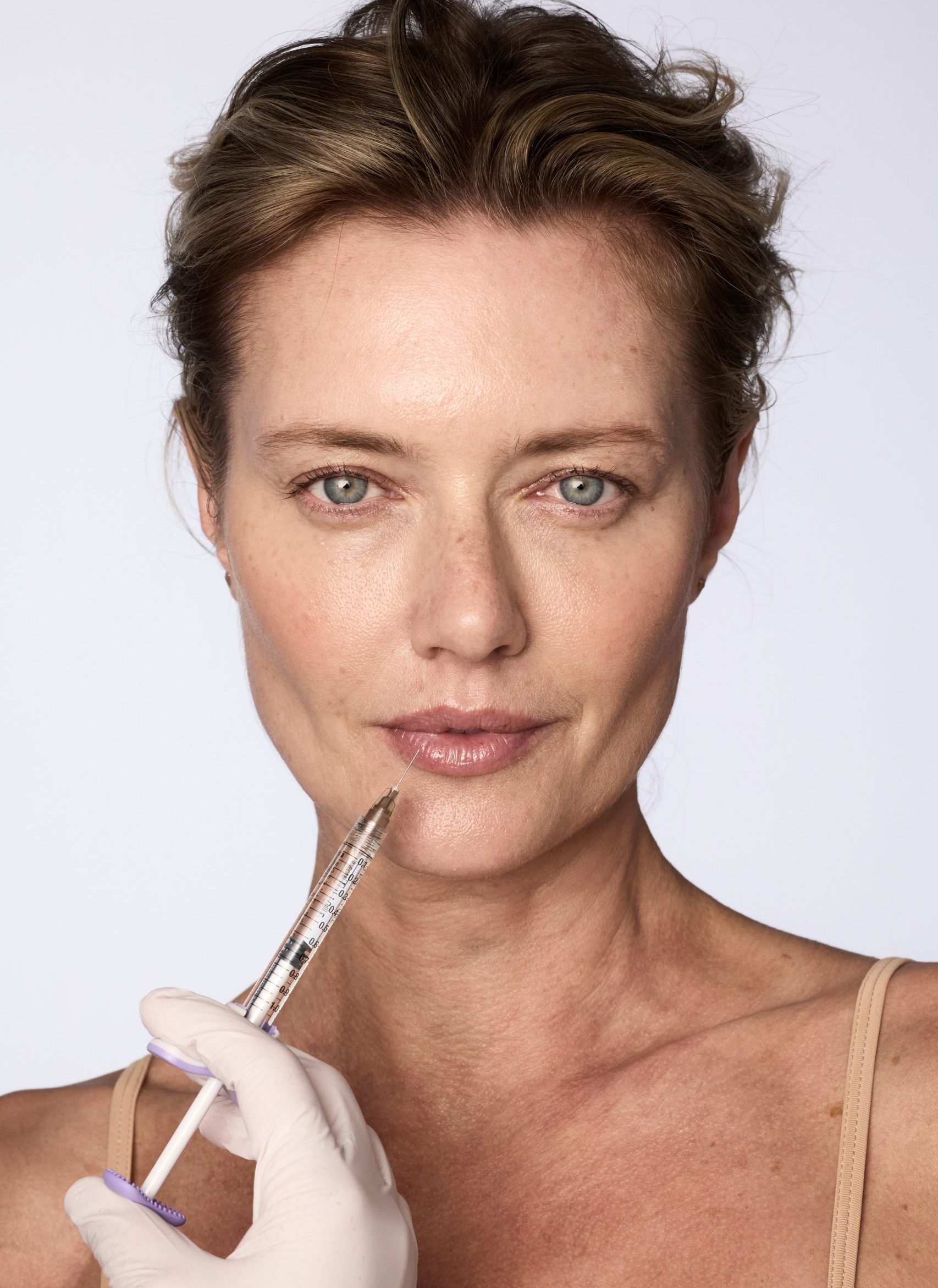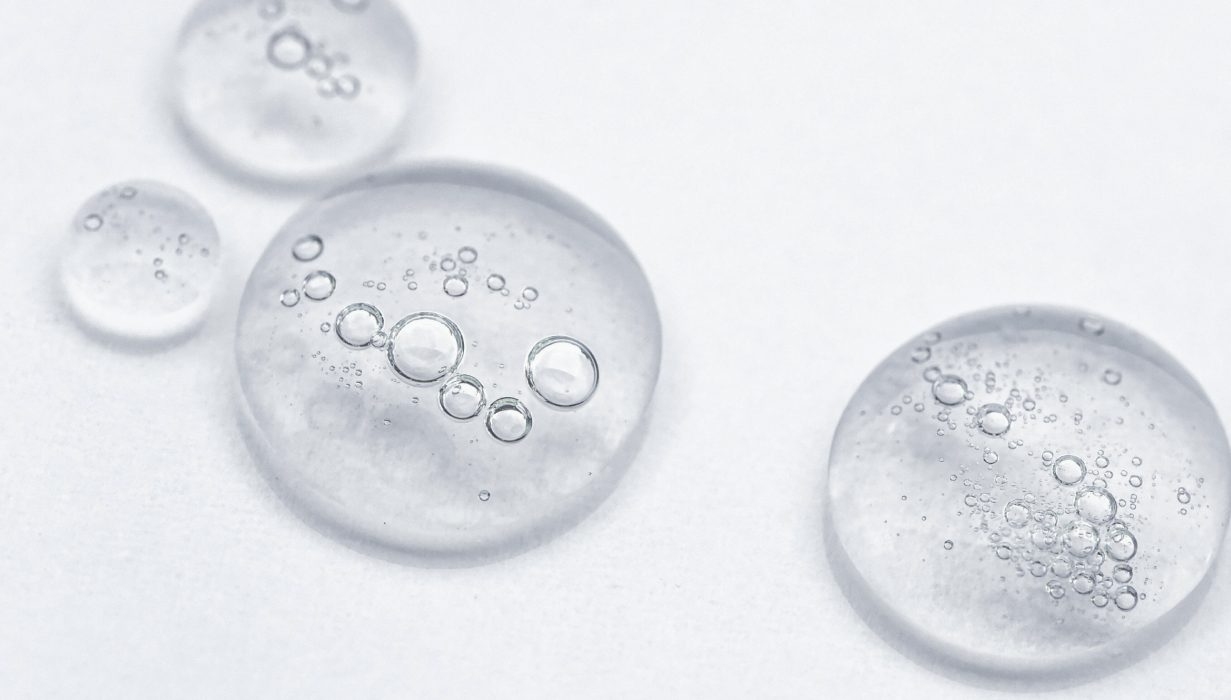When a patient comes to The Skin Center and says, “Help! My face is melting,” our providers know just what to do. “More often than not, the answer is dermal fillers,” says expert injector, Debbie Thompson, RN, “to replace the volume loss that comes with aging.”
It’s true…
Nothing drags a face down more than lost facial volume.
We may notice that we’ve lost the “apple” in our cheeks and now have sagging jowls or little sunken areas under the eyes. As much as we’d like to blame gravity, we can’t. The real culprit here? Chronological and hormonal aging which causes slower cell renewal and less collagen and hyaluronic acid to support and fill out layers of skin. Over time, this loss turns our former “triangle of youth” upside down! But, there’s hope—not in a jar—but in a syringe.
Our expert injector, Debbie Thompson also says, “Fillers are my absolute favorite treatment because of the instant gratification my patients get.” And patients love knowing that fillers like Voluma® and Juvéderm® are made of hyaluronic acid—the very ingredient that our body has lost.
It’s also true…
Bruising is a fact.
We have all heard someone’s story about looking a little bruised after dermal filler treatments. Most likely, they were not informed about the many ways to prevent or minimize the likelihood of bruising.
A bruise is defined as a hematoma. It happens when small blood vessels get punctured and leak their contents into the soft tissue beneath the skin.
But it’s false…
That obvious bruising always occurs as an after-effect of dermal filler injections is just not true. Bruising is, however, more commonly seen in patients who receive large volumes of filler. But there are many ways to prevent and minimize this occurrence.

You can bring back “the triangle,” fill those hollow spots or plump those lips with little to no hematological side-effects by remembering these tips:
Keep C.A.L.M. to Prevent Bruising with Dermal Fillers
The best way to avoid bruising is to remember the acronym “CALM” which stands for Cold, Avoid, Lidocaine and Makeup.
C – Cold
- Compresses are your friend.
- Apply a cold compress to the area 5-15 minutes BEFORE treatment.
- Re-apply the compress for 10 minutes AFTER treatment.
- Cold constricts blood vessels. Smaller vessels are less likely to get in the needle’s way.
- BONUS! Cold also helps desensitize the area to give you relief.

A – Avoid
- Blood thinners are notorious for causing vascular leakiness which leads to bruising. Common blood thinners to AVOID (ideally for 2 weeks prior to dermal fillers) are:
- Pain relievers: Advil, aspirin, ibuprofen, Aleve (Tylenol and acetaminophen are OK!)
- Supplements: vitamin E, fish oil
- Beverages: alcohol and Chinese herbal teas/green teas
- Herbs/spices: fenugreek, garlic, ginseng, ginko, kava kava

L – Lidocaine
- Lidocaine is a common topical anesthetic cream used to numb facial areas prior to injectable treatments. The bonus side-effect is that it is vasoconstrictor—meaning it constricts blood flow and can reduce post-operative bruising. Some injectable dermal fillers contain lidocaine for increased comfort.
M – Make-up
- While not a preventative, many patients who enjoy dermal fillers find that mild bruising can be concealed with a good foundation, concealer or bb cream.
